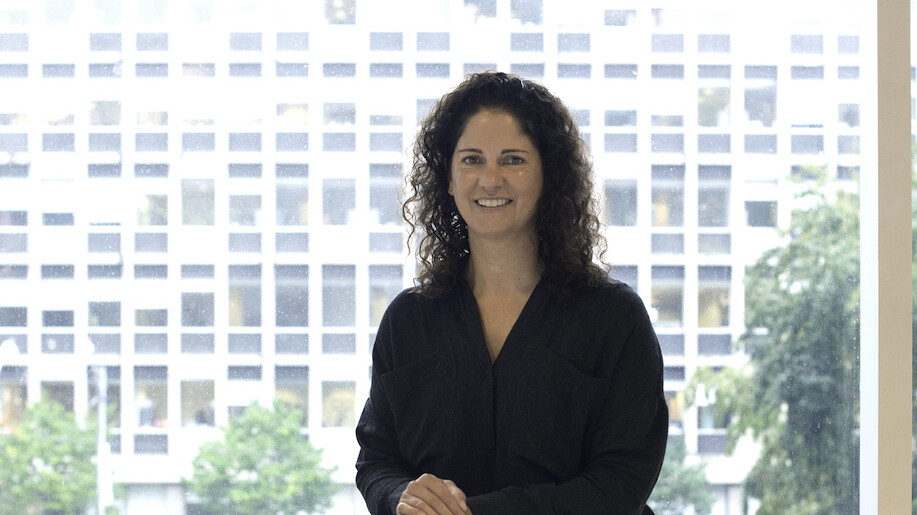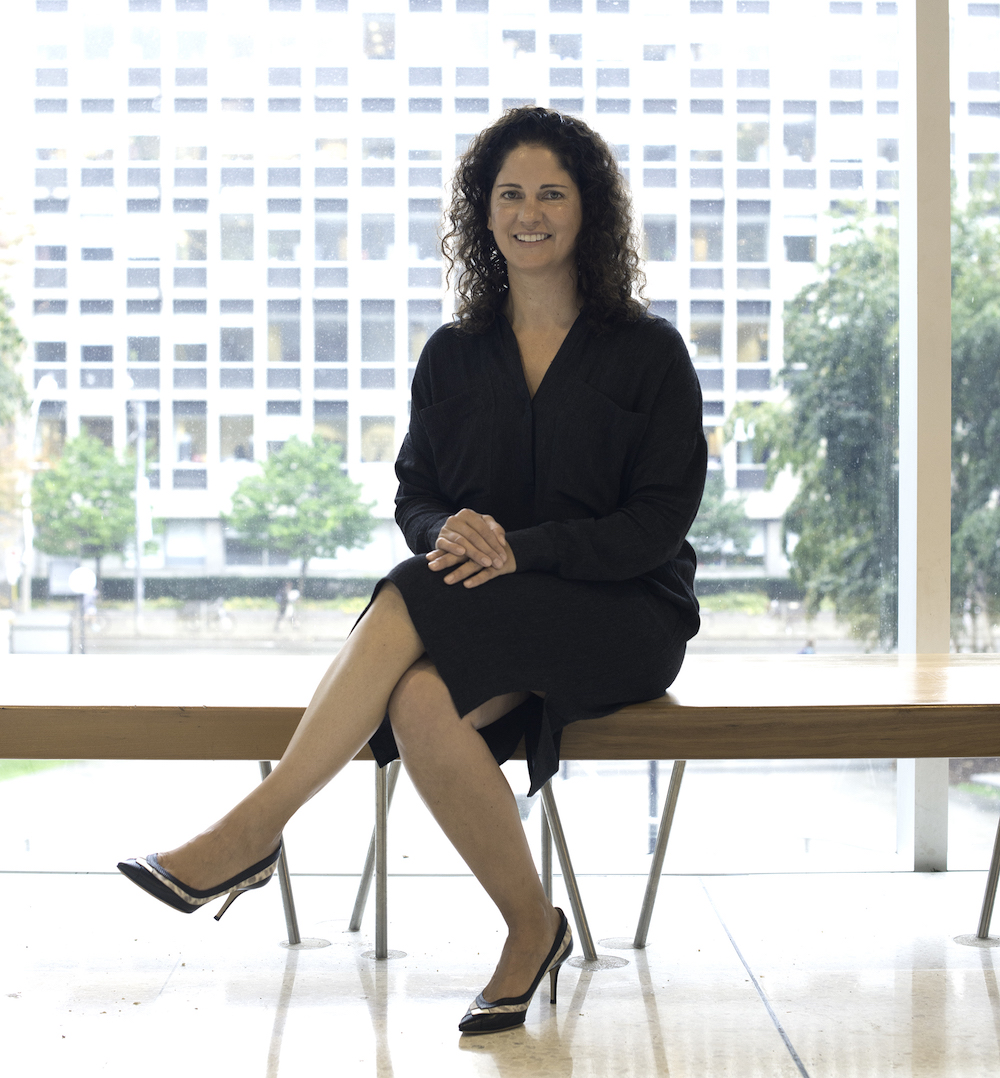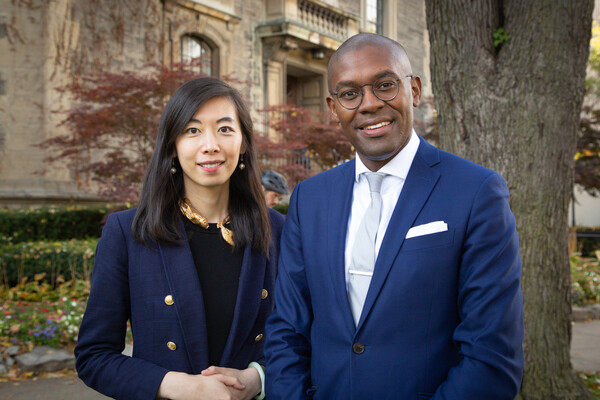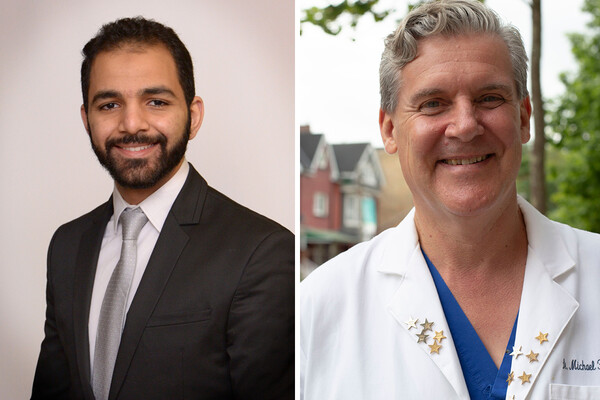Breadcrumbs
- Home
- MD/PhD Program
- News
- Spotlight on Dr. Lisa Richardson, Co-Lead Indigenous Medical Education
Spotlight on Dr. Lisa Richardson, Co-Lead Indigenous Medical Education

Andrea Concil
 Co-leading Indigenous Medical Education in the MD Program with Dr. Jason Pennington, Dr. Lisa Richardson is an Assistant Professor in the Department of Medicine. We spoke with Dr. Richardson about the importance of preparing our students to serve Indigenous patients and her passion for mentoring Indigenous students.
Co-leading Indigenous Medical Education in the MD Program with Dr. Jason Pennington, Dr. Lisa Richardson is an Assistant Professor in the Department of Medicine. We spoke with Dr. Richardson about the importance of preparing our students to serve Indigenous patients and her passion for mentoring Indigenous students.
Can you tell us about your role as Co-Lead, Indigenous Health Education? What do you aim to achieve through your role?
Together with Dr. Jason Pennington, our role is to develop and deliver curriculum related to Indigenous health in the MD Program. This involves diverse aspects of Indigenous health, including Indigenous history and social determinants of Indigenous health, as well as understandings of health from various Indigenous perspectives. In order to teach that effectively, we’ve discovered that teaching about equity, diversity and concepts like justice, power and privilege provides students with a solid foundation. Specifically, we look at how we can create inclusive spaces for our patients and for our colleagues within our institutions. By doing this, our hope is to foster a commitment and interest in all medical students, so that we nurture an environment where all Indigenous people (both learners and patients) feel welcome.
A large part of our role as Co-leads is also mentoring students and supporting the recruitment of Indigenous Peoples into our program, as well as into health care careers more broadly. The Office of Indigenous Medical Education provides support in many ways to our students. Dawn Maracle, our Indigenous Peoples' Undergraduate Medical Education Program Coordinator, provides community outreach and acts as a community liaison to help recruit students. Our office provides a safe space and serves to connect Indigenous students with appropriate resources.
We also have specific opportunities for our students – for example, if a student would like to speak with an Elder, we can connect them with an Elder or traditional teacher. We also work closely with First Nations House to ensure our students are connected and able to attend ceremonies or cultural events. Through First Nations House, they are able receive culturally specific healthcare, spiritual, emotional and financial support.
The Office of Health Professions Student Affairs (OHPSA) is there to support our students as well. OHPSA counsellors have completed cultural safety training, so they have the context and understanding of how the needs of Indigenous students many be different than those of the rest of our students.
Why is it important to integrate Indigenous health into the medical school curriculum?
One of the biggest ongoing health inequities in Canada is related to the health of Indigenous peoples. Although there are systemic and structural changes that need to occur related to social determinants of health – self-determination, education, housing, infrastructure, etc. – we know that one of the major reasons why First Nations, Inuit and Metis peoples may not have equitable experiences in the health care system is because of the racism they experience. Our job is to make sure that every graduate of our program has an understanding of the specific histories, ongoing inequities, and health care needs (resulting from the inequities) that they must consider in caring for their Indigenous patients. This helps ensure Indigenous peoples have a safe and equitable experience within our health care institutions.
Can you describe the concept of cultural safety and how it applies to teaching students about Indigenous health?
Cultural safety is a concept that first emerged out of the work of a Māori nurse educator and scientist. She found that the basic teachings around cultural awareness and competence were not adequate, in terms of caring for Indigenous peoples. Cultural safety considers the history of colonization, ongoing colonial practices and the specific power dynamics that exist in the relationship between a health care provider and a patient. Cultural safety urges the health care provider to consider what he or she is bringing to an interaction with a patient and recognize that we are all bearers of culture, no matter how objective we try to be.
We all have histories and stories, and those will come into play when we are interacting with our patients. Cultural safety encourages reflexivity – an understanding where each of us, as health care providers, have come from and how our background, experiences and privileges may impact our relationship with patients. The concept of cultural safety reminds us to always be mindful of the power dynamic. As a patient – even if you are a physician or have health care training – you are still in a vulnerable place. That vulnerability is heightened when you are a member of a community that has been marginalized for so long.
What can students do to learn more about Indigenous health?
Students can participate in events that our office hosts, including the annual Dr. Peggy Hill Memorial Lecture on Indigenous Health. We have connections to the events and activities that are happening both on campus and within the community, if people are interested in participating.
You can feel free to come by our office (Medical Science Building 2354) and speak with our Indigenous Peoples' Undergraduate Medical Education Program Coordinator to learn about what’s happening.
In addition, I recommend that all students read the Truth and Reconciliation Commission of Canada (TRC). It’s a powerful document that is transformative. It is important to note that the TRC asks that all medical students and nursing students have an understanding of cultural safety in the role of Indigenous health. Our office is responsible for numerous lectures and activities that are integrated into the medical school curriculum to support this understanding.
What do you think is the most fulfilling aspect of your role?
I love all the aspects of this role. I love working with students – both Indigenous and non-Indigenous. I enjoy mentoring them, supporting their commitment to health equity, and watching them evolve into amazing health care providers. Knowing that I’m doing something that is important to our communities makes every part of this role very meaningful for me.
From an academic perspective, I’m a clinician educator, so I’m interested in curriculum design and development and am always looking to generate innovative ways to teach this material to our students.
Outside of your role at the MD Program, what are some of your interests or hobbies?
Outside of my role, I’m a busy mom. I spent the first few years of my life in Northern Ontario, and spent a lot of time in the wilderness. I’m teaching those skills of wilderness travel to my children. I’m also passionate about Indigenous visual art. I co-teach a course at the Art Gallery of Ontario as an Enriching Educational Experience (EEE).
For more information about Indigenous programming and supports, visit the Office of Indigenous Medical Education webpage.
Dr. Richardson is a Wilson Centre Researcher, clinician educator in U of T’s Division of General Internal Medicine, and practices at the University Health Network. Her academic interest lies in the integration of postcolonial, Indigenous and feminist perspectives into medical education.
She is a 2014-2016 AMS Phoenix Fellow for her work related to the creation and integration of cultural safety teaching into the medical school curriculum. She is an active member of the Indigenous Physicians’ Association of Canada and is on the planning committee for the annual Indigenous Health Conference. She is also a member of U of T’s Steering Committee whose role is to advise the University about how to implement the Calls to Action from Canada’s Truth and Reconciliation Commission.
News


